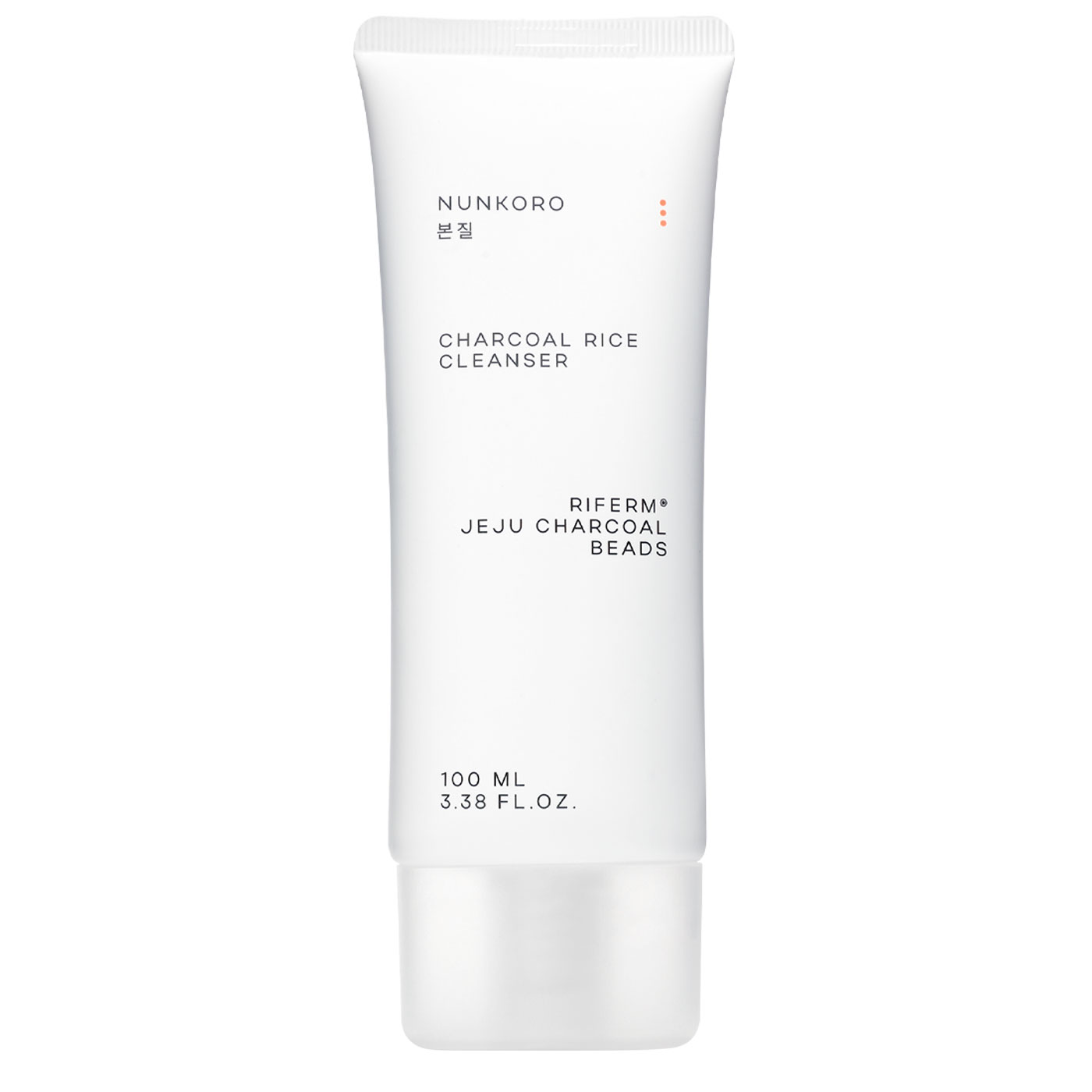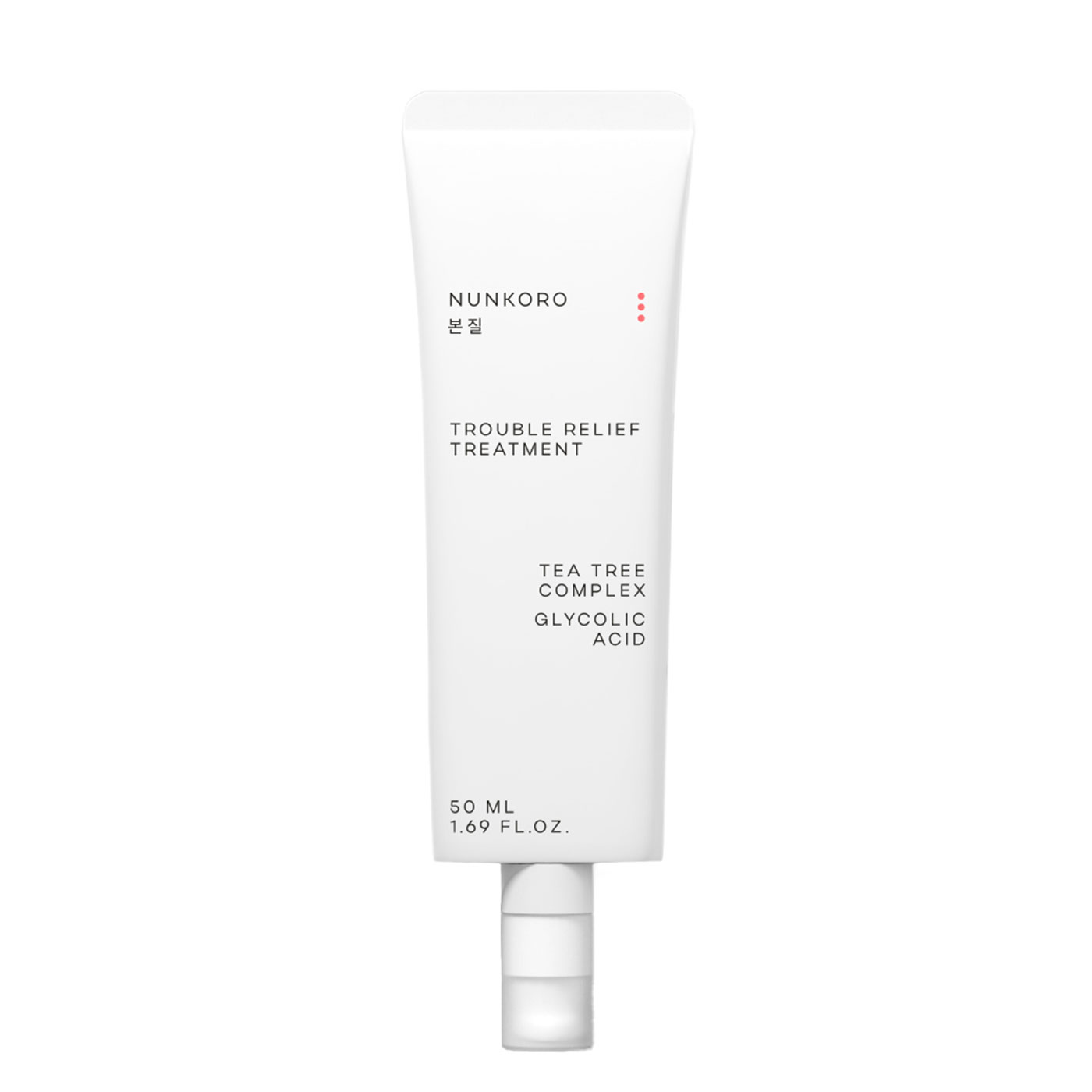
In the ever-evolving world of skincare, terms like “non-comedogenic” often appear on product labels, promising users a blemish-free complexion. But what does comedogenic actually mean? Is there truly such a thing as a completely non-comedogenic product, and can an ingredient that clogs pores for one person be perfectly safe for another?
As we explore the science of comedones — commonly known as blackheads and whiteheads—it becomes clear that comedogenic is not a fixed property, but a context-dependent phenomenon influenced by formulation, concentration, skin type, and individual sensitivity.
COMEDOGENICITY IN SKINCARE: MYTH, REALITY, AND PERSONALISED RISK
UNDERSTANDING COMEDOGENICITY: WHAT ARE COMEDONES?
Comedones are clogged pores caused by the accumulation of sebum, dead skin cells, and sometimes bacteria. They can appear as open comedones (blackheads) or closed comedones (whiteheads). Comedogenicity refers to the potential of a substance or cosmetic formulation to contribute to the development of these blockages.
This property was first studied extensively in the 1970s using rabbit ear models (Kligman & Mills, 1972) [1]. However, later research has shown that these animal models often overestimated the comedogenic potential in humans [2]. More accurate insights have since been gathered from human patch tests and observational dermatology.
Importantly, comedogenic is not an all-or-nothing label. It varies with concentration, skin compatibility, and the interaction between ingredients in a formulation.
IS “NON-COMEDOGENIC” TRULY NON-COMEDOGENIC?
There is no universal or regulatory definition for "non-comedogenic." Products labelled as such may contain ingredients with low comedogenic potential, but they are not guaranteed to be safe for all users — especially those with acne-prone or sensitive skin.
Even ingredients typically considered comedogenic — such as Cocoa Butter or Coconut Oil —may not cause breakouts when used in small amounts or as part of a well-balanced formula. Conversely, a product with otherwise safe ingredients may still be comedogenic if it creates an occlusive layer or disrupts the skin’s microbiome.
Studies show variability in individual responses. One formulation may be non-comedogenic for one person and highly comedogenic for another due to differences in skin barrier function, oil production, and hormonal factors [3].
FACTORS THAT INFLUENCE COMEDOGENICITY
Several factors determine whether a product will contribute to comedone formation:
- Ingredient Concentration – As with toxicity, concentration matters. An ingredient like Isopropyl Myristate is highly comedogenic at high doses but may be safe in small amounts [4].
- Formulation Context – The interaction between multiple ingredients may enhance or reduce comedogenic effects. Emulsifiers, thickeners, and oils may work synergistically to clog pores or counteract each other.
- Skin Type and Condition – Oily or combination skin is more susceptible to pore blockages, while dry skin may tolerate certain ingredients better. Acne-prone individuals are particularly sensitive to occlusive substances [5].
- Application Method – Leave-on products (e.g., moisturisers, sunscreens) have a higher likelihood of causing comedones compared to rinse-off products (e.g., cleansers).
ARE THERE TRULY NON-COMEDOGENIC PRODUCTS?
Technically, no product is 100% non-comedogenic for every individual. What can be done, however, is to select products with low comedogenicity scores, minimal occlusive agents, and tested formulations.
Ingredients often considered low on the comedogenicity scale include:
- Squalane
- Zinc Oxide
- Niacinamide
- Hyaluronic Acid
- Aloe Vera Extract
On the other hand, ingredients more likely to cause issues in sensitive individuals include:
- Isopropyl Palmitate
- Coconut Oil
- Lanolin Derivatives
- Oleth-3
- Algae Extract
Consumers should be wary of relying solely on comedogenicity ratings, which are often based on outdated testing methods. Instead, it is advisable to evaluate overall formulation and monitor personal response [6].
TIPS FOR CHOOSING PRODUCTS FOR ACNE-PRONE SKIN
If your skin is prone to comedones or breakouts, consider the following strategies:
- Look for “oil-free” or “non-comedogenic” labels, but follow up by checking the ingredient list.
- Avoid heavy or occlusive creams, especially in humid climates or during summer.
- Introduce one new product at a time and observe your skin for at least two weeks.
- Use patch testing on a small area of skin before applying a new product to the entire face.
- Consult with a dermatologist when in doubt—especially if breakouts persist despite careful selection.
CONCLUSION: COMEDOGENICITY IS PERSONAL, NOT ABSOLUTE
The concept of comedogenicity is useful, but it’s not a guarantee. Individual skin types, formulations, and usage habits all play a role in determining whether a product will cause comedones. Rather than focusing on rigid ingredient lists, consumers should pay attention to how their skin reacts, use minimal and well-tested products, and adjust their routines based on observation.
REFERENCES
1. Kligman, Albert M., and Otto H. Mills. "Acne cosmetica." Archives of dermatology 106.6 (1972): 843-850.
2. Fulton, James E. "Comedogenicity and irritancy of commonly used ingredients in skin care products." J. Soc. Cosmet. Chem 40.6 (1989): 321-333.
3. Draelos, Zoe Diana. "Sensitive skin: perceptions, evaluation, and treatment." American journal of contact dermatitis 8.2 (1997): 67-78.
4. Fiume, Monice M., et al. "Safety assessment of alkyl esters as used in cosmetics." International journal of toxicology 34.2_suppl (2015): 5S-69S.
5. Dreno, B., et al. "Understanding innate immunity and inflammation in acne: implications for management." Journal of the European Academy of Dermatology and Venereology 29 (2015): 3-11. https://doi.org/10.1111/jdv.13190
6. Draelos, Zoe Diana, and Joseph C. DiNardo. "A re-evaluation of the comedogenicity concept." Journal of the American Academy of Dermatology 54.3 (2006): 507-512.

